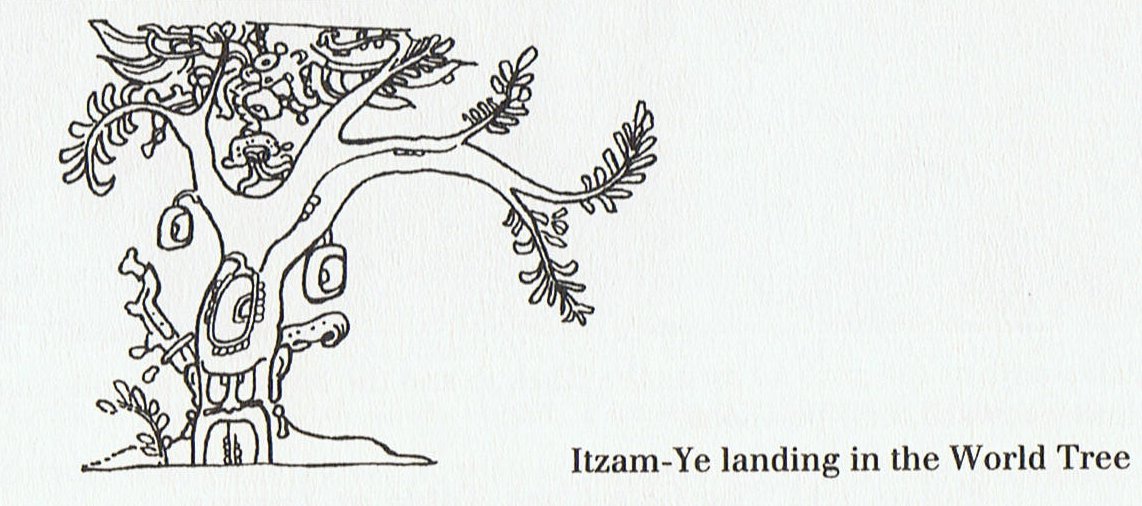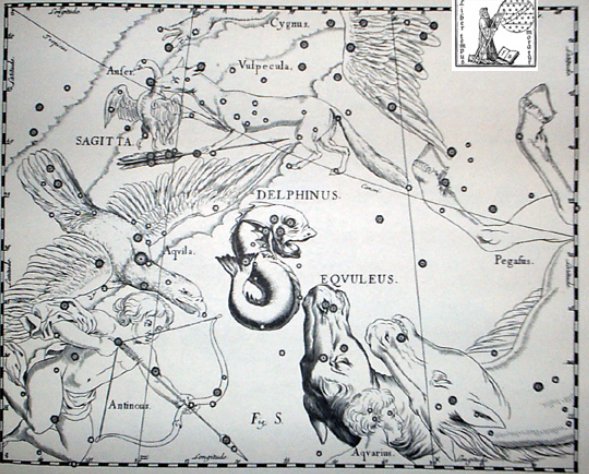The Banyan is a very special tree, so great as to dwarf elephants:  It is a fig tree and unusual because of its aerial roots, which are stabilizing the giant. It is like a king among trees and a king needs many supporters. I think they knew this on Easter Island. The great king had many roots - and when he reached to his end he climbed on to a rock (mountain) like Bootes: ... The king arose from his sleeping mat and said to all the people: 'Let us go to Orongo so that I can announce my death!' The king climbed on the rock and gazed in the direction of Hiva, the direction in which he had travelled (across the ocean). The king said: 'Here I am and I am speaking for the last time.' The people (mahingo) listened as he spoke. The king called out to his guardian spirits (akuaku), Kuihi and Kuaha, in a loud voice: 'Let the voice of the rooster of Ariana crow softly. The stem with many roots (i.e., the king) is entering!' The king fell down, and Hotu A Matua died. Then all the people began to lament with loud voices. The royal child, Tuu Maheke, picked up the litter and lifted (the dead) unto it. Tuu Maheke put his hand to the right side of the litter, and together the four children of Matua picked up the litter and carried it. He and his people formed a line and went to Akahanga to bury (the dead) in Hare O Ava. For when he was still in full possession of his vital forces, A Matua had instructed Tuu Maheke, the royal child, that he wished to be buried in Hare O Ava. They picked him up, went on their way, and came to Akahanga. They buried him in Hare O Ava. They dug a grave, dug it very deep, and lined it with stones (he paenga). When that was done, they lowered the dead into the grave. Tuu Maheke took it upon himself to cover the area where the head lay. Tuu Maheke said, 'Don't cover the head with coarse soil (oone hiohio)'. They finished the burial and sat down ...
Among the
Mayas their
divine king
(ariki)
was also standing
like a tree
but it was
not a banyan
but a ceiba:
... What I saw stunned me, for in her hand lay a perfect replica of the earflares worn by the Classic Maya kings. Suddenly I understood the full symbolism of so many of the things I had been studying for years. The kings dressed themselves as the Wakah-Chan tree, although at the time I didn't know it was also the Milky Way. The tzuk [partition] head on the trunk of the tree covered their loins. The branches with their white flowers bent down along their thighs, the double-headed ecliptic snake rested in their arms, and the great bird Itzam-Yeh stood on their head. I already knew as I stood under the young tree in Tikal that the kings were the human embodiment of the ceiba as the central axis of the world. As I stood there gazing at the flowers in Joyce's hand, I also learned that the kings embodied the ceiba at the moment it flowers to yield the sak-nik-nal, the 'white flowers', that are the souls of human beings. As the trees flowers to reproduce itself, so the kings flowered to reproduce the world ...
I suddenly notice the similarity (in the World Tree picture) with the design in the π glyph Gb1-21, a unique character with hanging 'fruits' which has puzzled me for a long time:
The position of the Dolphin coincides with the 24th Hindu station Dhanishta, the stars of which began to rise 63 days after Antares. The tiny dot in front in Gb1-23 possibly is there because January 31 coincides with manzil day 260. January 27 (392) could be alluded to by the number of glyphs on side a of the Mamari tablet. 392 (January 27) - 63 = 329 (November 25) and RA day 249 (= the glyph number for Gb1-19).
The S-formed Dolphin can be contrasted with the very straight Dorado in the southern hemisphere:
Dorado has its head down (like rau hei in Gb1-22) and we can imagine an opposition between 5 (Sun) and 20 (Moon), as in the Heka stations 5 and 20 according to the Hindu respectively the Chinese systems. Dorado is approximately between 4h and 6h, while Delphinus is located between 20h and 21h. |




